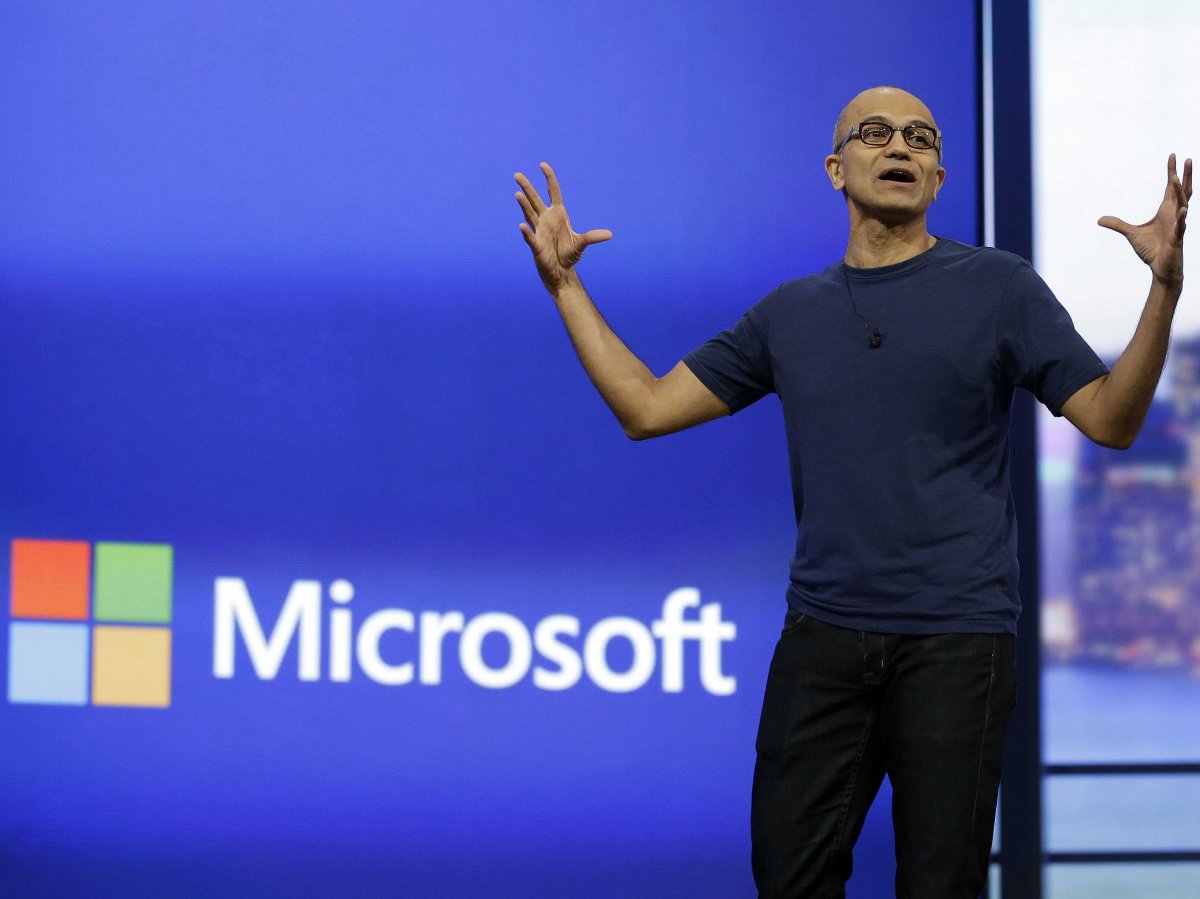Windows 10 users might eventually fall out of love with the "traditional" Windows Taskbar
 When running any operating system, may that be OS X or Windows, with every new iteration and update, users reach a different degree of comfort with a number of (for lack of better term) “idiosyncrasies”, from the operating system of choice. These are not necessarily helpful, yet in the context of the operating environment, users reach an acceptance level of these kinks in a similar way as other things, that users can’t control about their lives, like the weather, traffic, or the ticket number at a DMV waiting hall.
When running any operating system, may that be OS X or Windows, with every new iteration and update, users reach a different degree of comfort with a number of (for lack of better term) “idiosyncrasies”, from the operating system of choice. These are not necessarily helpful, yet in the context of the operating environment, users reach an acceptance level of these kinks in a similar way as other things, that users can’t control about their lives, like the weather, traffic, or the ticket number at a DMV waiting hall.
It’s tedious little things, such as the number of menus and windows we have to navigate, to be given access to a certain setting or feature.
From what we can tell, by running Windows 10 in our little sandbox, by the time Windows 10 reaches commercial availability, some users might go through what we have resolved calling:
“...The four stages of adopting a new operating system...”.
Stage 1: Denial
This is most likely typical of users who are still having a hard time breaking free from Windows XP. Those were the users who have been there and got the T-shirt to prove it. The ones who had it worst, and tinkered their way through the most annoying era of malware, bloatware, and spyware, the world has ever seen.
These users were the ones who rolled up their sleeves, scrolling up and down the Windows Registry editor for hours, looking for that one key that would finally stop Winamp from crashing, as they laughed in the face of those who told them to just “format and reinstall Windows XP from scratch”. Which they eventually did. Many times. But, hey... Those were the days.
Stage 2: Suspicion (i.e.:”Too good to be true?”)
Just as some Windows XP users whom eventually leaped into Windows 7, for a taste of long-awaited stability and performance, many of the same type of users began as detractors of Windows 7, and even Windows 8, on the latter of which, they cried foul for the loss of the Windows Taskbar Menu. Yet, was it really about the Taskbar menu?
Ok, truth to be told, it kind of was. But no one truly believed Microsoft would do away with it completely, and it is in this particular “anger” stage that the Windows Taskbar played a role in revealing something important about users: “better” is a relative word, and Microsoft has learned a valuable lesson, even before Windows 10 was in the cards. We didn’t get the Windows Taskbar back because it’s better, but because we are used to it, and because the Windows Taskbar has become ground-zero for our eyes.
Who hasn’t felt that sinking feeling in the gut, during a system crash in which the Taskbar disappears? Suddenly we forget that no matter what, windows Task Manager has a handy “New Task” box we can use to browse and call applications even faster than from the Taskbar, just by pressing Ctrl+Shift+Esc.
It’s a “comfort thing”, but not necessarily the way of the future. To corroborate the theory, Microsoft has made substantial modifications to the Taskbar, making it a hub for live tiles and web-connected applications, suggesting that the traditional role of the taskbar will be less centralized, and more connected with the rest of the operating system, instead of being its safety net.
Stage 3. Acceptance
Windows 10 has brought Cortana to the desktop. It’s hard to predict how many users will embrace speaking instructions and asking questions to their laptops and PCs using their voice, however voice is not the game changer: it’s the search box.
It’s a subtle entity, hardly anyone notices it at first, until its power is revealed. As we kept tinkering with Windows 10, some of us began experimenting with commands, increasingly more complex, many of which meant to trigger internal applications and system-wide features.
Being still in a preview stage, we couldn’t possibly expect Cortana to understand every command and open every little application, however, the grasp on certain terms has proven remarkable. By the time Cortana reaches a proper level of maturity, some users might discover they won’t even use their beloved Taskbar menu as much as they thought they would.
Stage 4. Evolution
This is the logical, tried-and-true step of Windows adoption throughout decades. Once we get a sense of a new system, and how its usefulness relates to our lives, it becomes our world, and any previous version becomes obsolete. We evolve into a new environment and get accustomed to the lingo.
Speaking of which, it’s interesting how easy it is to develop new habits, when new features are introduced. For instance, one of the most frequent actions some of us perform is to open Windows Update, to check for the release of new builds. Traditionally, most users navigate through the Taskbar, into the control panel. Three steps we have long eliminated by simply typing “Windows Update” into the search box. Ironically, the same principle applies to the search box within in Windows 8, however the not-so-subtle difference is that Windows 10 delivers access to the search box right where we want it: on the Windows Taskbar... next to the menu.